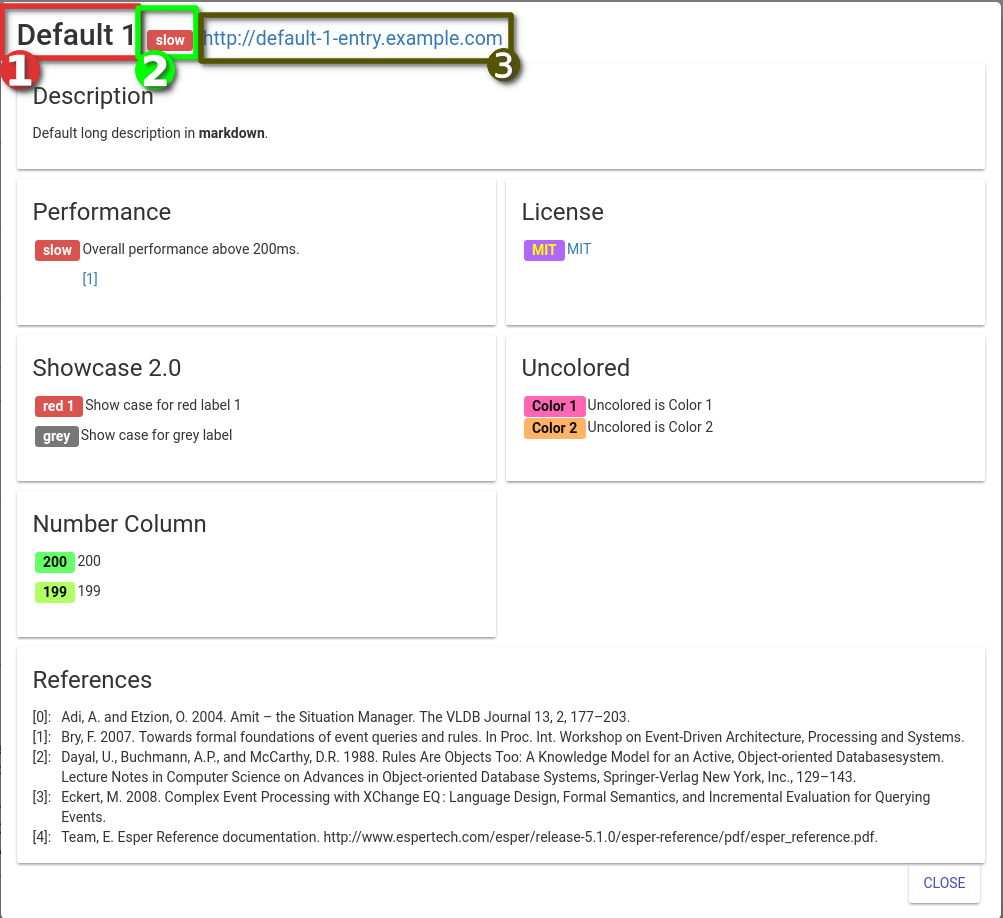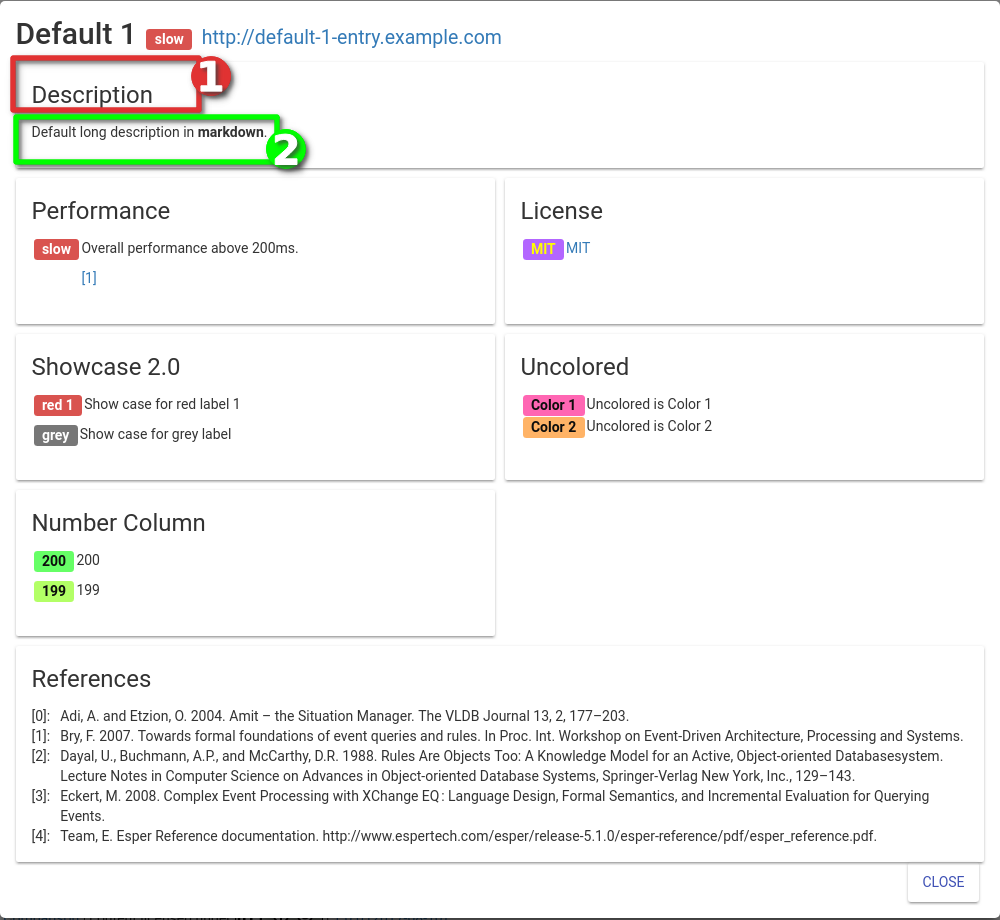
Research
Security News
Malicious npm Packages Inject SSH Backdoors via Typosquatted Libraries
Socket’s threat research team has detected six malicious npm packages typosquatting popular libraries to insert SSH backdoors.
ultimate-comparison
Advanced tools
[](https://travis-ci.org/ultimate-comparisons/ultimate-comparison-BASE) [
comparison-example.yml: Example configuration file containing comments on fields to explain their meaning.
comparison-default.yml: Default configuration, intended as backup of your local comparison.
comparison.yml: The used configuration. Missing values are taken from comparison-default.yml and written back into this file. A comparison.yml has following attributes:





string (1)true (1), falsetrue (2), falsetrue, falseurl, markdown, text, label, rating, repositorytrue) or match one (false). Allowed values: true (3), false (3)stringstring (label-only)string (label-only)string (label-only)number (repository-only)number (repository-only)
For each thing, create a markdown file in comparison-elements.
You can base it on template.md.
If one column depends on a repository (repo-attribute in comparison.yml true), you have to define a repo section (## section title) and add the repository as first list item, eg:
## Repo
- https://github.com/ultimate-comparisons/ultimate-comparison-BASE
To update the ultimate comparison framework that your comparison uses, just run npm update in the directory that contains your comparison.
It installs the latest version with the same major version number (ie. 2.x.x).
The code is licensed under MIT, the content (located at comparison-elements) under CC0-1.0.
See README-THING.template for a README skeletton for your ultimate-THING-comparison.
FAQs
> This is the ultimate comparison framework written in [Angular](https://angular.io/). > It is released on npm as [ultimate-comparison](https://www.npmjs.com/package/ultimate-comparison).
The npm package ultimate-comparison receives a total of 9 weekly downloads. As such, ultimate-comparison popularity was classified as not popular.
We found that ultimate-comparison demonstrated a not healthy version release cadence and project activity because the last version was released a year ago. It has 3 open source maintainers collaborating on the project.
Did you know?

Socket for GitHub automatically highlights issues in each pull request and monitors the health of all your open source dependencies. Discover the contents of your packages and block harmful activity before you install or update your dependencies.

Research
Security News
Socket’s threat research team has detected six malicious npm packages typosquatting popular libraries to insert SSH backdoors.

Security News
MITRE's 2024 CWE Top 25 highlights critical software vulnerabilities like XSS, SQL Injection, and CSRF, reflecting shifts due to a refined ranking methodology.

Security News
In this segment of the Risky Business podcast, Feross Aboukhadijeh and Patrick Gray discuss the challenges of tracking malware discovered in open source softare.